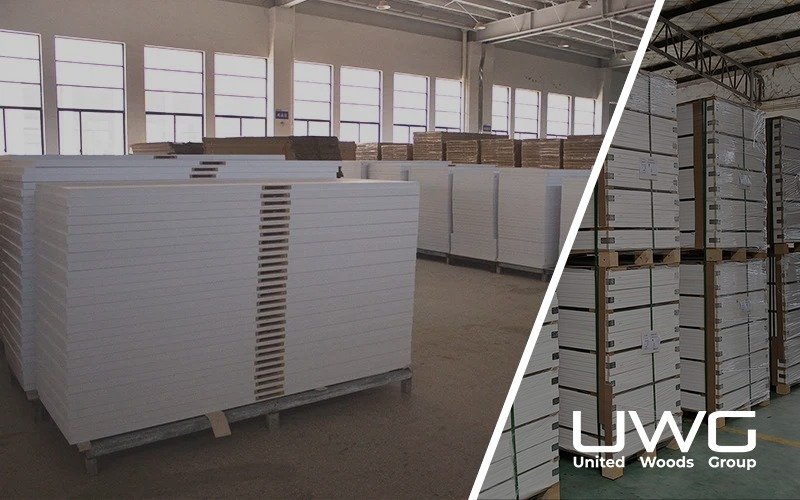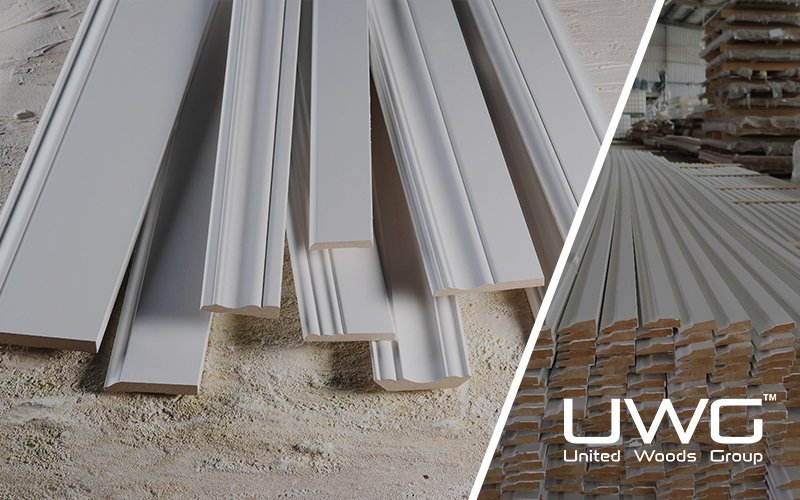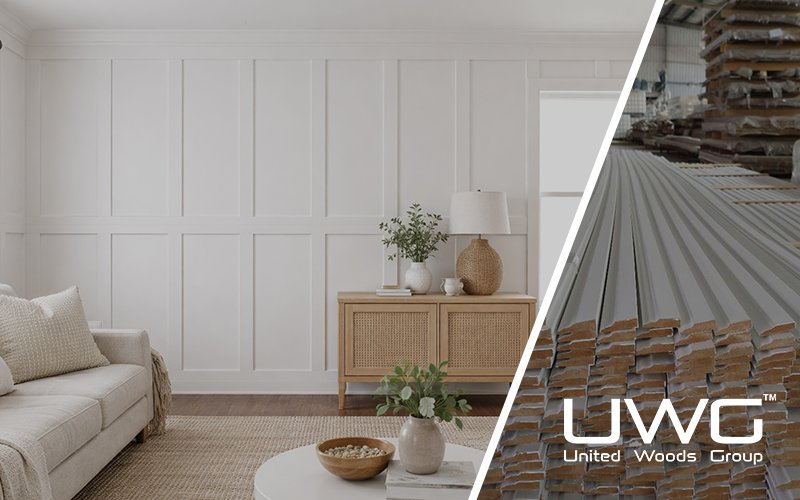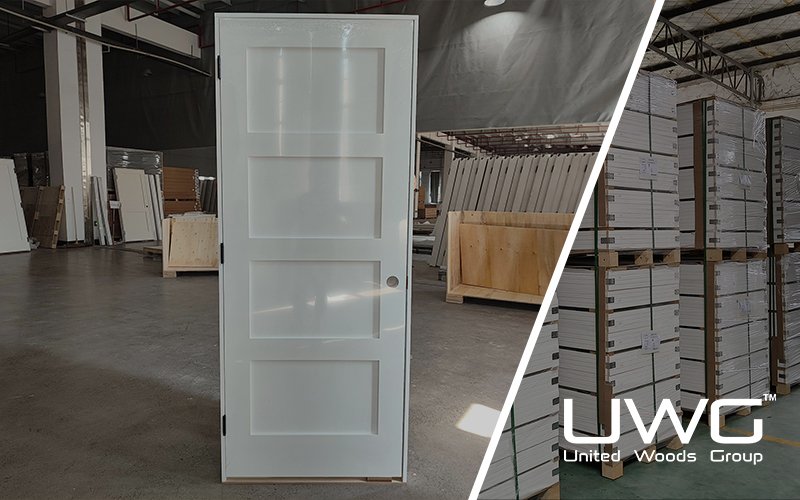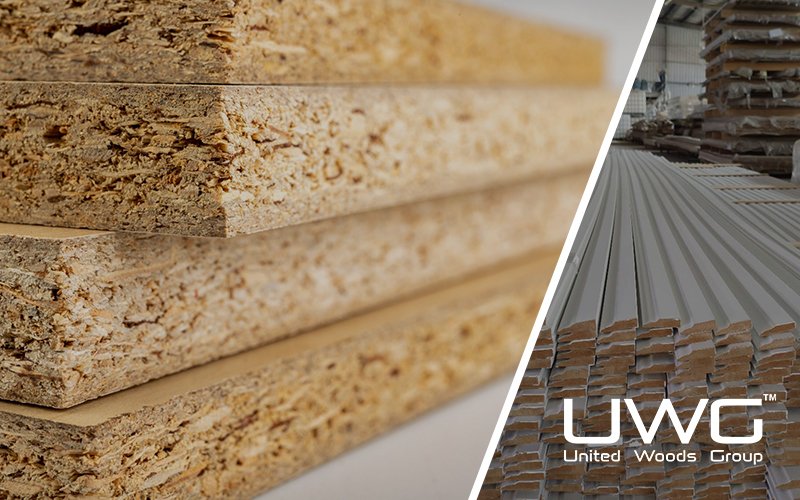Ordering doors in bulk sounds like a cost-effective strategy—especially for builders, wholesalers, and project managers juggling tight budgets and strict timelines. At first glance, the math checks out: bulk equals discounts, faster supply, and fewer purchase orders to track. But behind the appealing base price lies a series of hidden costs that can quietly inflate your budget, delay your project, and even reduce your profit margin. Whether you’re outfitting a new apartment complex or supplying multiple job sites, these “unseen extras” don’t show up on the invoice until it’s too late. What are the exactly hidden costs?
When ordering doors in bulk, hidden costs often include installation fees, hardware like hinges and handles, design upgrades (custom finishes or panels), and unexpected framing or fitting adjustments. These extra expenses can significantly inflate your project budget if not planned for upfront. Always ask suppliers for an all-inclusive quote to avoid surprises.
Let’s explore each of these hidden costs in detail—so you can plan smarter, quote more accurately, and avoid frustrating budget overruns on your next big order.
What Is the Average Labor Cost to Install a Door?
Labor costs vary depending on the type of door, its weight, and the installation complexity. Here’s a breakdown:
| Door Type | Labor Cost Range (USD) | Notes |
|---|---|---|
| Interior Door (Basic Swing) | $90 – $150 | Quick install if no frame adjustment is needed. |
| Exterior Door (Pre-Hung) | $230 – $800 | Includes sealing, weatherproofing, possible framing. |
| French Doors | $400 – $1,000+ | Requires precise alignment and double installation. |
| Sliding Glass Doors | $300 – $800 | Includes track system and alignment. |
| Storm Door | $100 – $250 | Installed over an exterior door. |
| Pocket Door | $200 – $600 | Needs a cavity inside the wall. |
| Barn Door (Sliding Interior) | $150 – $300 | Needs a mounted track and wall reinforcement. |
| Double Doors | $500 – $1,200+ | More complex framing and installation effort. |
These are labor costs only. Materials, framing, and hardware are extra.
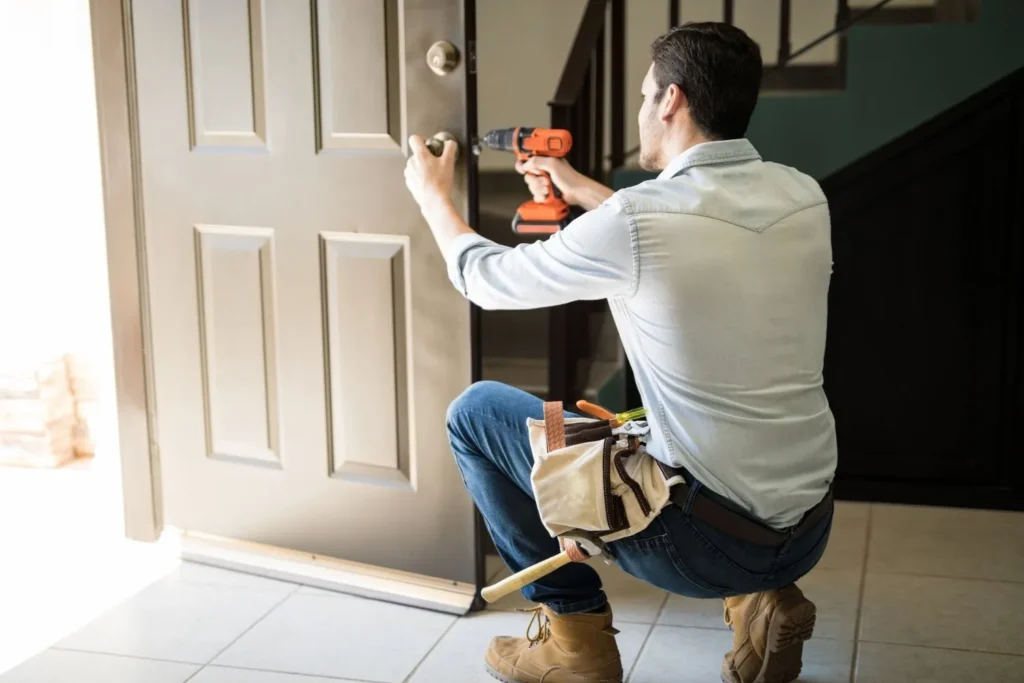
How Much Should You Budget for Door Hardware?
Door hardware is one of those hidden costs that can quietly eat into your budget—especially when you’re ordering in large quantities. Most suppliers will quote you a price for the door slab or frame, but leave out the essentials like handles, hinges, locks, and accessories. Multiply that by dozens of units, and you’re suddenly facing a much higher bill than expected.
Here’s a breakdown of typical hardware costs:
| Hardware Type | Typical Price Range (USD per unit) | Notes |
|---|---|---|
| Standard Hinges | $2 – $8 | Most doors need 2–3; heavier doors need better quality. |
| Door Handles / Levers | $10 – $70 | Finish and function affect the price. |
| Deadbolts | $15 – $60 | Required for exterior doors. |
| Smart Locks | $80 – $300+ | High-tech and premium cost. |
Always ask if the supplier includes hardware or if you’ll need to budget separately.
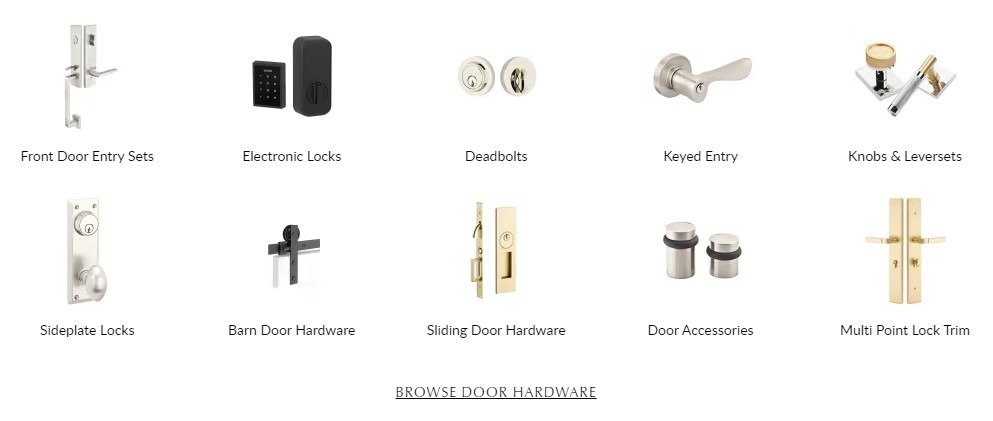
Can Design Upgrades Add Unexpected Costs?
Absolutely. Design upgrades are one of the sneakiest budget busters when ordering doors in bulk. What starts as a standard order can quickly turn costly when clients request custom finishes, panel styles, or decorative glass inserts. Even small changes—like opting for shaker over flat-panel designs—can raise unit costs by 20–40%. Multiply that across 50 or more doors, and it’s a major expense. Special stains, fire ratings, or acoustic insulation features also drive up pricing and production times.
Ask for a clear line-item cost list for all design options before committing to upgrades.
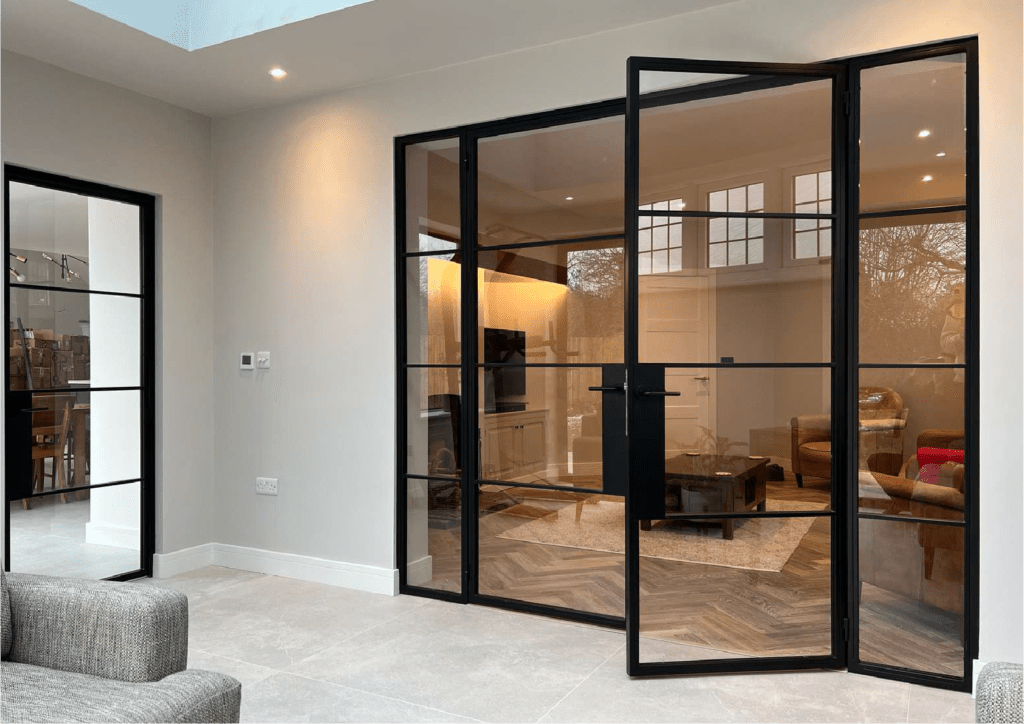
Why Does Framing or Fitting Lead to Extra Charges?
Even if your doors are priced right, the installation site can throw a wrench in your budget. Why? Because framing and fitting adjustments are rarely part of a standard quote. In bulk orders, not every opening is identical—especially in older buildings or renovation projects. Uneven walls, non-standard rough openings, or floor level variations may require on-site trimming, reframing, or custom shimming. If you’re working with pre-hung doors, even minor misalignments can lead to hours of labor per unit. And if you’re installing heavy doors or double units, you might need structural reinforcements or upgraded headers.
All of this means higher labor costs, delays, and potential material waste—none of which are usually factored into your initial supplier invoice.
Avoid surprises by surveying your door openings ahead of time and confirming with your installer whether additional framing will be needed.
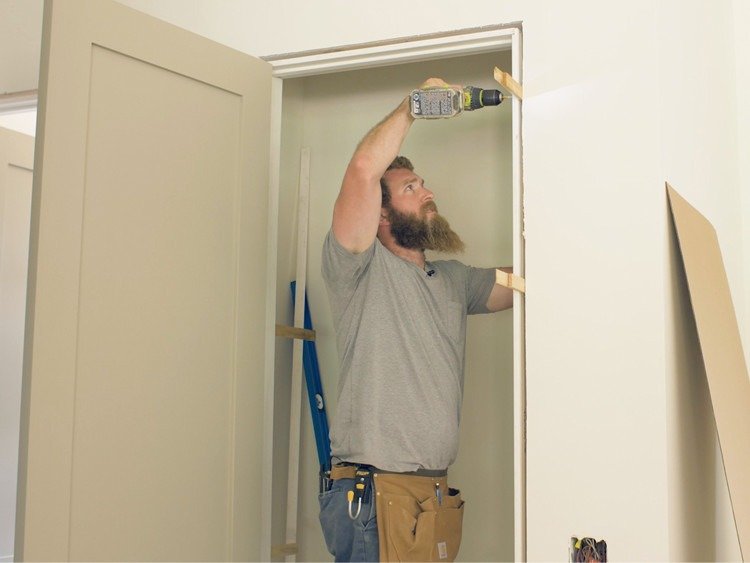
What Are Fitting Adjustments and Why Do They Cost More?
Fitting adjustments refer to the extra work needed to make a door fit perfectly into its opening—and they’re more common than you might think. Even with brand-new frames, inconsistencies in wall thickness, floor level, or squareness can require trimming, sanding, or shimming. Multiply that by dozens of doors, and your installer may need to spend an extra 20–40 minutes per unit just getting things level and flush. That means more labor hours—and more money out of your pocket. In some cases, factory-cut doors may still need on-site modifications due to humidity or material swelling, especially with solid wood. These adjustments aren’t always visible at first glance but can seriously impact your schedule and budget if not anticipated.
Always build a fitting buffer into your installation timeline and clarify whether your contractor charges extra for fine-tuning door alignment.
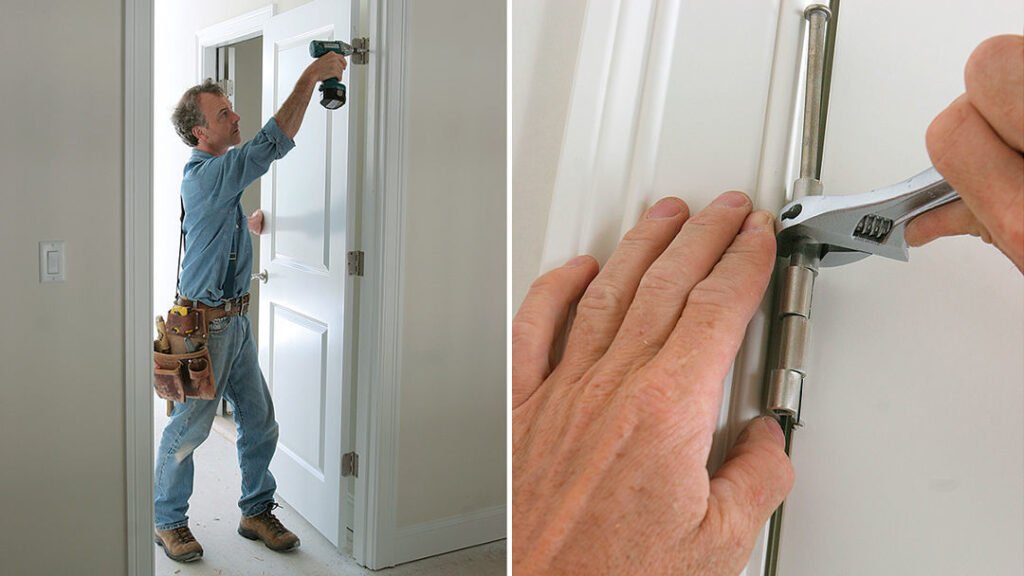
How Much Does It Cost to Install a Door from Large Chain Retailers?
At first glance, big-box retailers like budget-friendly options for door installation—but their pricing structures come with important caveats. For standard interior doors, installation typically starts around $127–$225 per unit. Exterior doors, however, can range from $380 to over $850, depending on door size, material, and whether storm protection or weatherproofing is required.
What many builders and wholesalers don’t realize is that these baseline prices often exclude framing work, trim, disposal of old doors, and specialty hardware installation. If the installer encounters any issue—like uneven walls or electrical interference—you’ll likely face additional service charges. Also, bulk jobs often require separate scheduling and may not qualify for standard residential rates.
If you’re using a big-box installer, ask for a complete itemized quote upfront—including labor, trim, old door disposal, and unexpected fitting charges.
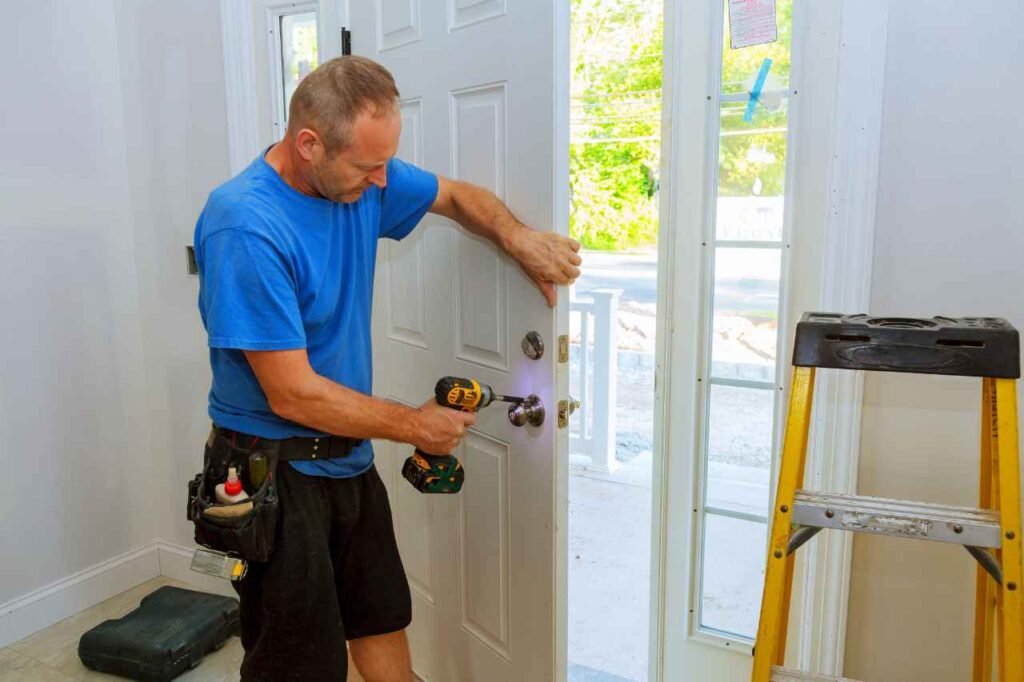
Final Thoughts
Hidden door costs can quietly kill your margin. Now you know what to look for—installation, design, fitting, and beyond. If you’ve dealt with these issues before, share your experience or ask your questions—I’m here to help! ( email: lynn@unitedwoods.group )

